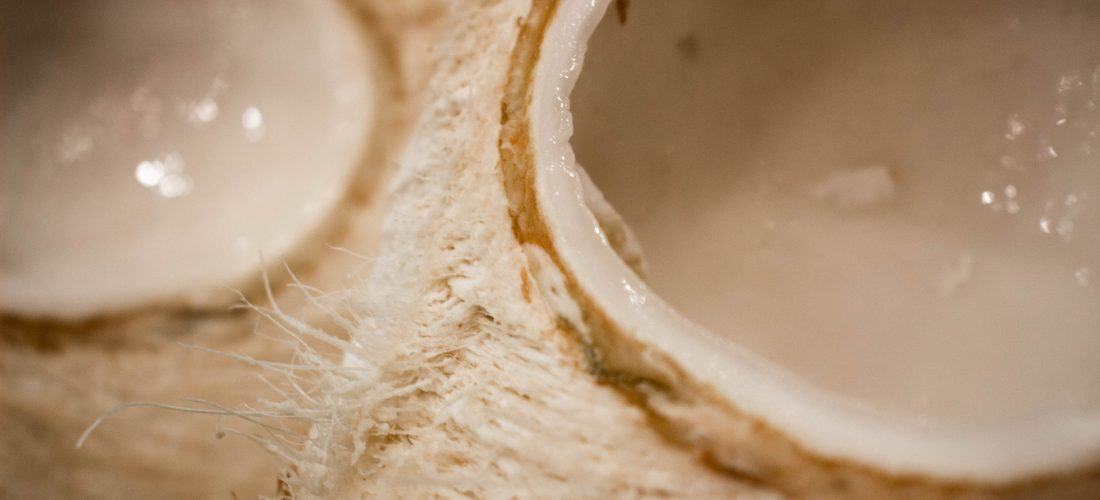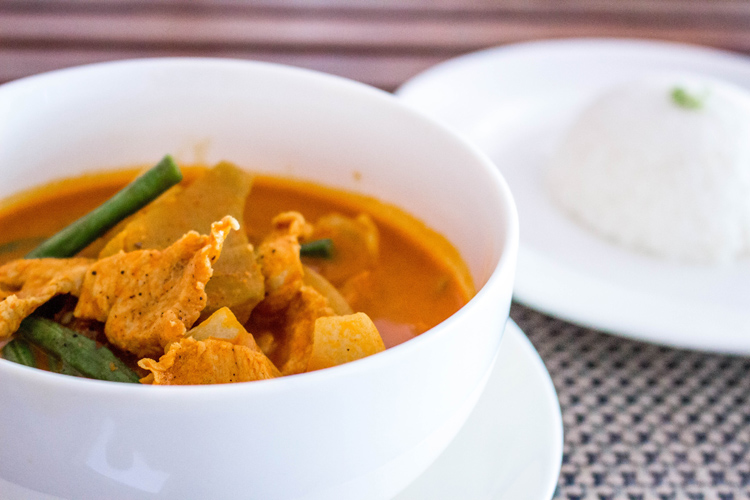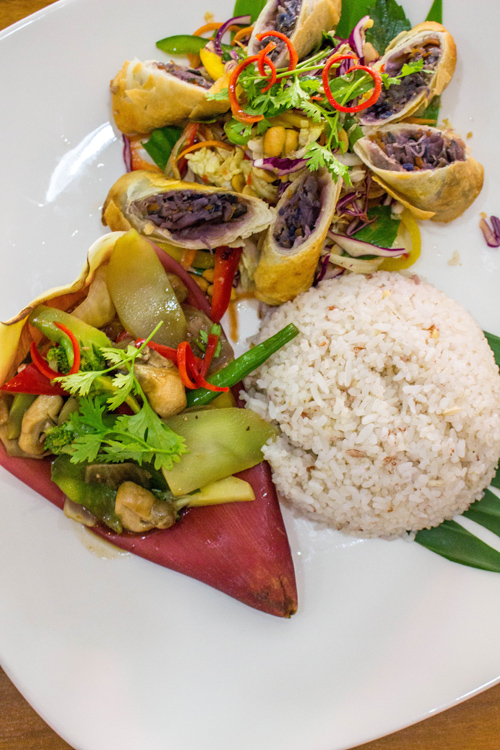Unfortunately I am not the biggest fan of Khmer cuisine. I would like to think that I am open to trying new foods and exploring cuisines, but after a month in Cambodia I have to conclude that Khmer cuisine is not for me.
What is the problem, you might ask? The problem is that a lot of foods in Cambodia are full of refined sugar, making even the main dishes very sweet. I am not used to it and I am not the biggest fan of it, while Americans and Shanghainese people tend to notice it less, since their cuisines are also very sweet.
I know it is kind of unfair, but with many dishes I taste I can only make out one dominating flavor: sweetness. It tends to overpower all the other flavors of the dish. But it just shows that we acquire taste – a pot of sugar is found at the table at a lot of restaurants and I see locals using it regularly to add even more sugar!
There is another problem with consuming this much sugar this frequently, read the upcoming post to find out why I make such a fuss about this!
Anyway, it is kind of a sad truth that a lot of tourists and expats stick to international cuisine, or at least Cambodian restaurants catering towards western tastebuds. Some state specifically that they don’t add sugar to their dishes. Another reason most foreigners end up at those restaurants is because they have more vegetarian options. Cambodians like their meat. There are stir-fried veggies at local restaurants, of course, but I often find them plain, and again, too sweet.
I would also like to point out that a local friend explains why so many restaurants serve international cuisine. Most locals enjoy either street food or Khmer cuisine at home, if they do eat out, they want a change of taste. So even Khmer tend to eat out at Japanese (popular choice) or other foreign places.
Also, one time, I went to a local restaurant and there were bugs crawling out of the wall…hundreds of them. Meh…beware of hygiene.
Although my rambling seems very negativ up to this point, there is tasty food to be had! Enjoy this collection of Cambodian dishes, lots of curries, stews, banana leaves, coconut, fish and beef. Herbal and spice mixes in form of sauces and pastes are frequently used for flavor and aroma.
Cambodia, as most of SEA, is a rice country. Rice with every meal. Even the noodles are typically rice noodles.
Khmer cuisine is of course shaped by its produce (tropical plants) and heavily influenced by its neighbors. Chinese cuisine also has had a big impact (noodles, even if they are made of rice) on the food consumed. Biggest influencer might be Thai cuisine (although Cambodian cuisine is NOT spicy, so a gateway to SEA cuisine for anyone who cannot tolerate spice), closely followed by Laotian, Vietnamese and Indian (curries – karis!) cuisine.
A lot of Khmer dishes have equivalents in Vietnamese or Laotian cuisine. A big common trait with Vietnam is the introduction of the baguette sandwich (Num Pang – the counterpart of the infamous Bánh mì) by the French, a symbol of their shared colonial history.

tofu Amok at Kabbas, a favorite for Khmer cuisine – Amok is the national dish of Cambodia, typically fish in a aromatic paste steamed in a banana leaf
To continue on a positive note, I want to point out some spots I did enjoy: Kabbas near the National Museum for good Khmer dishes with vegetarian options, David’s next door to it for its amazing Chinese-style hand-pulled wheat noodles.
My favorite restaurant One Eleven Kitchen with affordable and beautiful lunch plates, just look at the picture…and last but not least Café Soleil on Street 278 for an extended vegetarian menu.
The main dishes might be sweet but the desserts are even more sugary. Instant caries, instant diabetes. Anyway, sweets are popular in Cambodia and widely consumed. Common ingredients include coconut (of course, it’s South East Asia after all), palm fruit, palm sugar, sugarcane sugar, fruit (like sugarcane, mango, jackfruit, dragonfruit, melon, durian, banana…). My co-workers in Phnom Penh are the ones to introduce me to all the kinds of tapioca coconut puddings (sickly sweet), the most popular sweet drinks and cakes.
Mango and sticky rice is the most well-known dessert abroad and cliché that I am, one of my favorites. Due to the rich coconut cream and sweet ripe mango (yes to mango season!), it does not need too much additional sugar. The picture above shows a particularly pretty version of this dessert.
But onto my favorite dessert in South East Asia: fresh fruit! The best part of being in this tropical climate is enjoying all the fresh goodies that are so juicy, sweet and aromatic. Mangos taste a gazillion time better than in Europe, and bananas come in all kinds of varieties, used for different types of preparation. Even durian is, although still pungent, full of creaminess and much more aromatic than those frozen ones elsewhere. Durian is so popular that it is declared the king of fruit in Cambodia. It even has a roundabout at a major intersect in Kampot, another city in Cambodia.
Durian is king, but mangosteen is queen, destined to be consumed together because the hot and cool properties respectively balance each other very nicely. Enjoy!
Moving onto drinks! Important because you need to stay hydrated in the crazy humid weather and refill those electrolytes! Fresh young coconuts are the way to go. Refreshing and reenergizing, and also quite affordable. If you finish it on the spot, ask the vendor to split the coconut so you can scrape out the flesh. Yum!
Besides coconuts, there is always tea. I am a tea lover and I do enjoy milk tea, especially during the summer. East Asia is a paradise for any milk tea lover, as the drink is trending with Asia’s youth right now and stores are found at every corner. Phnom Penh’s teashops are sprouting like mushrooms, but can be quite pricy.
You know that you have been in the city for a while when the staff at your go-to tea places recognize you as a regular. Ha. Artease Café (don’t worry, they also have tea) serves great drinks and fast wi-fi and is home to Phnom Penh’s study groups and gamer scene. KOI Thé has quite a good taste to price ratio and lets you choose sugar and ice level, which I like. Oh and their green milk tea does not have artificial coloring like at some other places, yes!
April 1st – May 6th 2017













